Having their origins in what was the first mass market camera, the popular appeal of these simple cameras has interested me. In a way, they anticipated the fully automatic devices built in to our cameras and phones, needing no technical knowledge to use them. Following hard on the heels of the 120 and 116 examples of the No. 2 Brownie box cameras I accumulated and featured in my previous posts, I came across a swan song story of the 120 version, the last of the line, the No. 2 Brownie Special.
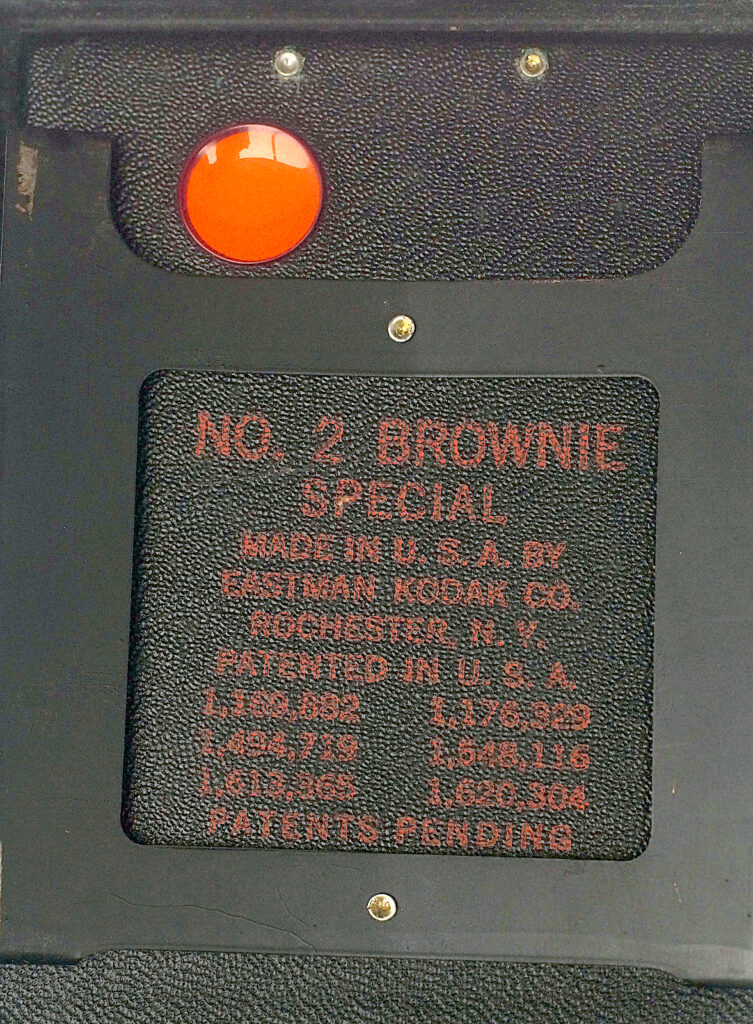
The model 2 appeared in 1901 and was the camera that brought 120 film into the world, the film designed for it specifically. The camera was withdrawn in 1935 but the film is still in production today. Despite being developed for the simplest of cameras, 120 went on to be the mainstay of medium format and the basic film size used by a large section of the professional arm of photography until digital replaced it for quality imaging.
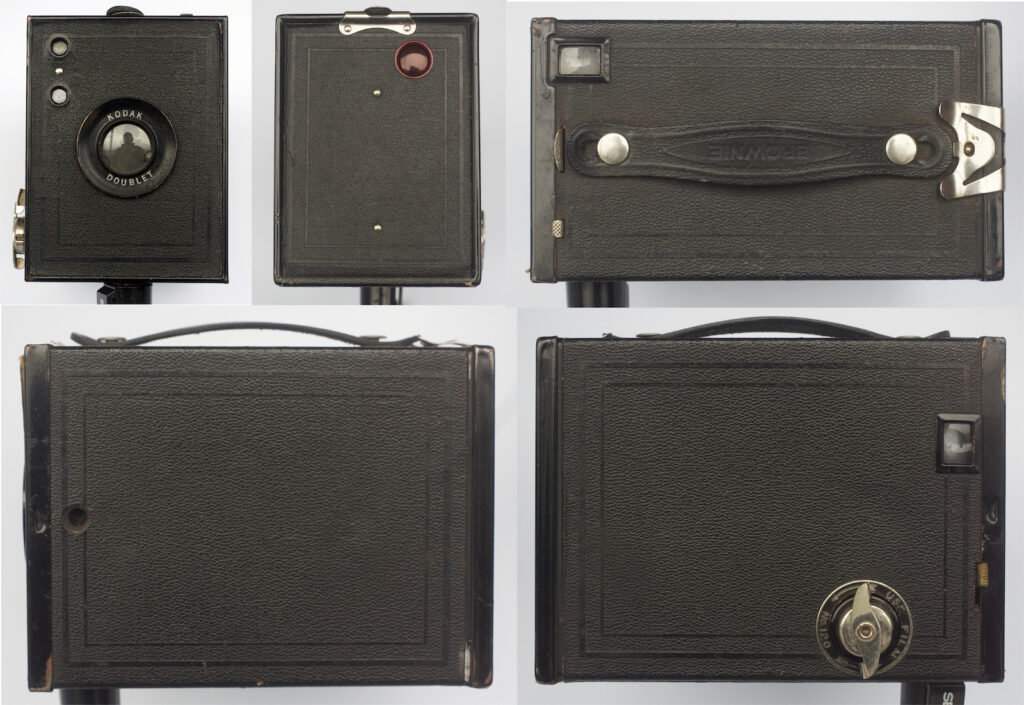
The last version of the model 2, the No. 2 Brownie Special, appeared at the time Kodak had introduced 620 film and its accompanying cameras. The last of the Kodak 120 box line it was produced for only a few months between November 1933 and February 1935, and was a stop-gap according to the Brownie page (https://www.brownie-camera.com/35.shtml). It sold mostly for export because of a worldwide shortage of 620 which was proving very popular in the US. Apparently the majority of the No.2 Brownie Special production was exported to Australia, no doubt why this relative rarity has turned up in New Zealand, just across the Tasman Sea from here.
The 620 was a more modern looking camera with several cosmetic and functional improvements so a better lens was presumably offered with the No.2 Special to tempt buyers but otherwise it was still a “2” with much the same design and controls. The new taking lens is described as a doublet, so an achromat rather than the more common meniscus single element glass. The T and aperture selection pull-up sliders are the same as the “2” and the release is also the same. I assume therefore that the shutter speed is 1/50 and the apertures f11, f16 and f22. The large diameter front element would suggest at least an f5.6 aperture but only the central portion of the lens is being used. The large glass looks more impressive which no doubt helped with marketing.
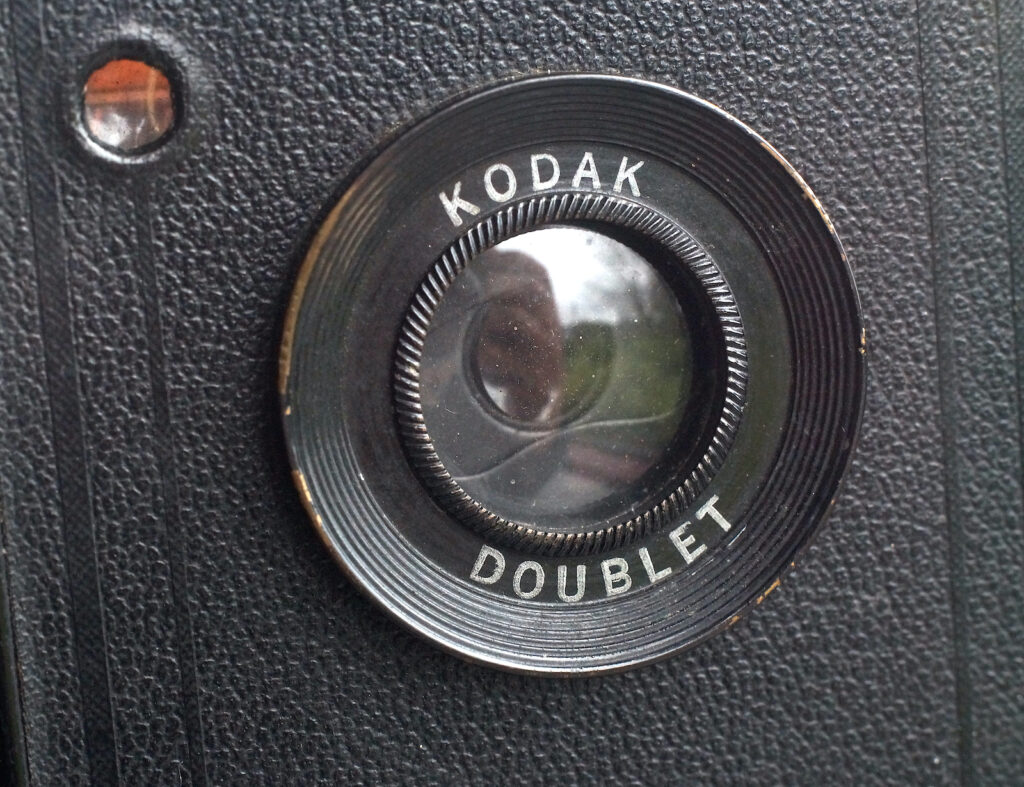
Condition wise this camera is much better cosmetically than the other examples I have looked at. There are signs of use but not too noticeable, just some rubbed paintwork, a hint of rust, most noticeably on the shutter release, and very slight lifting of the leatherette. Rubbed patches on the back pressure plate where it presses on the film suggest some film has passed through but not a great deal and overall it has been treated with care.
Unlike the 2 and 2A though, this one did not need any attention before putting a film through it. I would have had difficulty accessing the shutter etc if it did because the fit of the front panel is much tighter on this example and cannot be easily pushed off. I assume the more positive mounting is because the front panel is now functional for more than the finder lenses, carrying one of the doublet lens’s elements.
In use
There is little difference using this model from either of the others. Controls are the same and in the same places with the same size reflex finders. Handling is also the same, the box shape helping a firm hold but care is still needed when releasing the shutter. The shutter is released each time the lever moves across the slot, i.e. in both directions. There is the same danger of camera shake because of the less natural upwards and sideways movements.
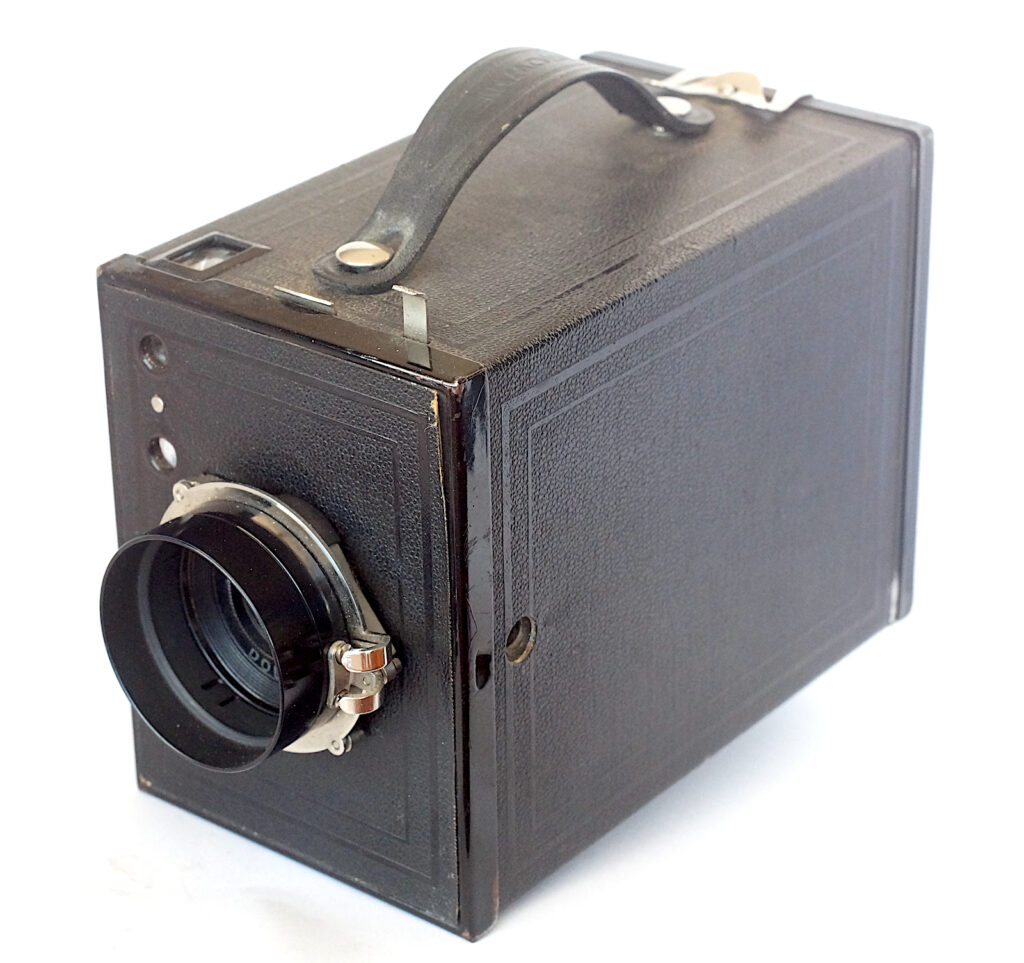
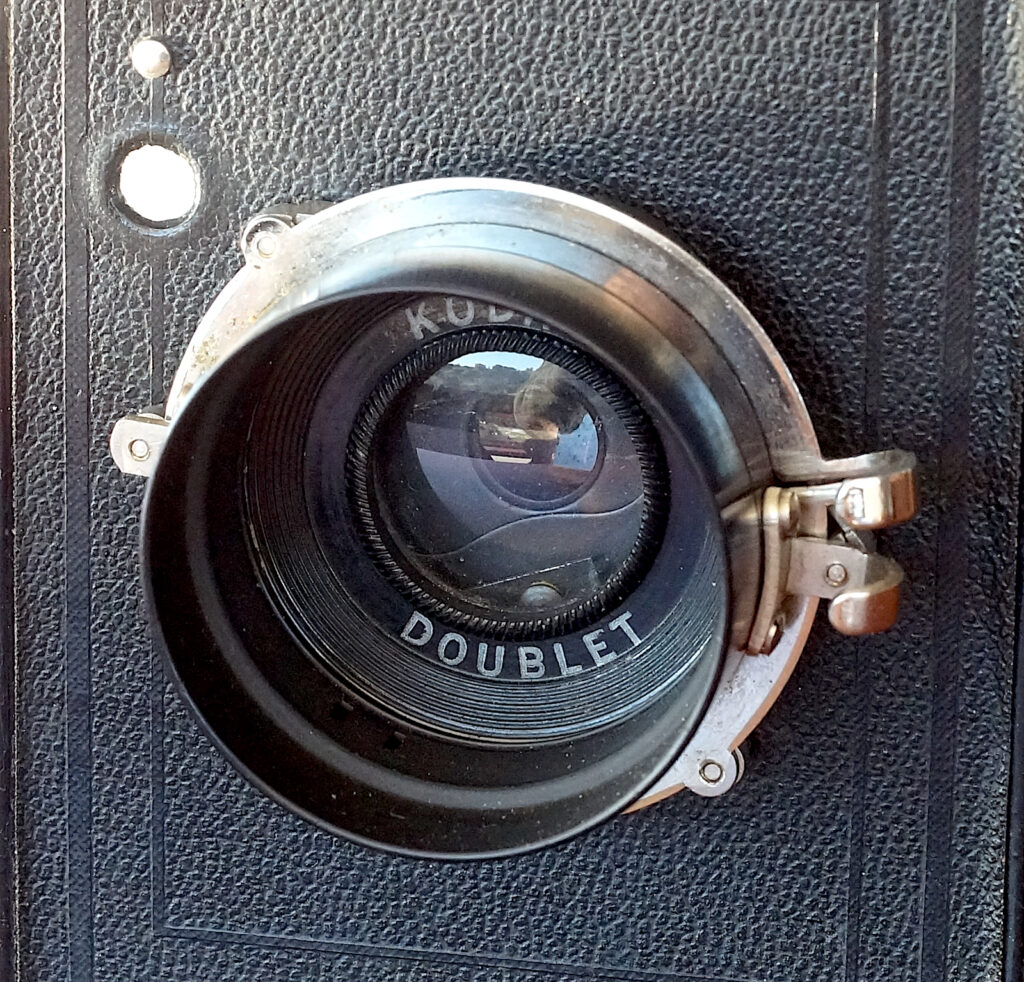
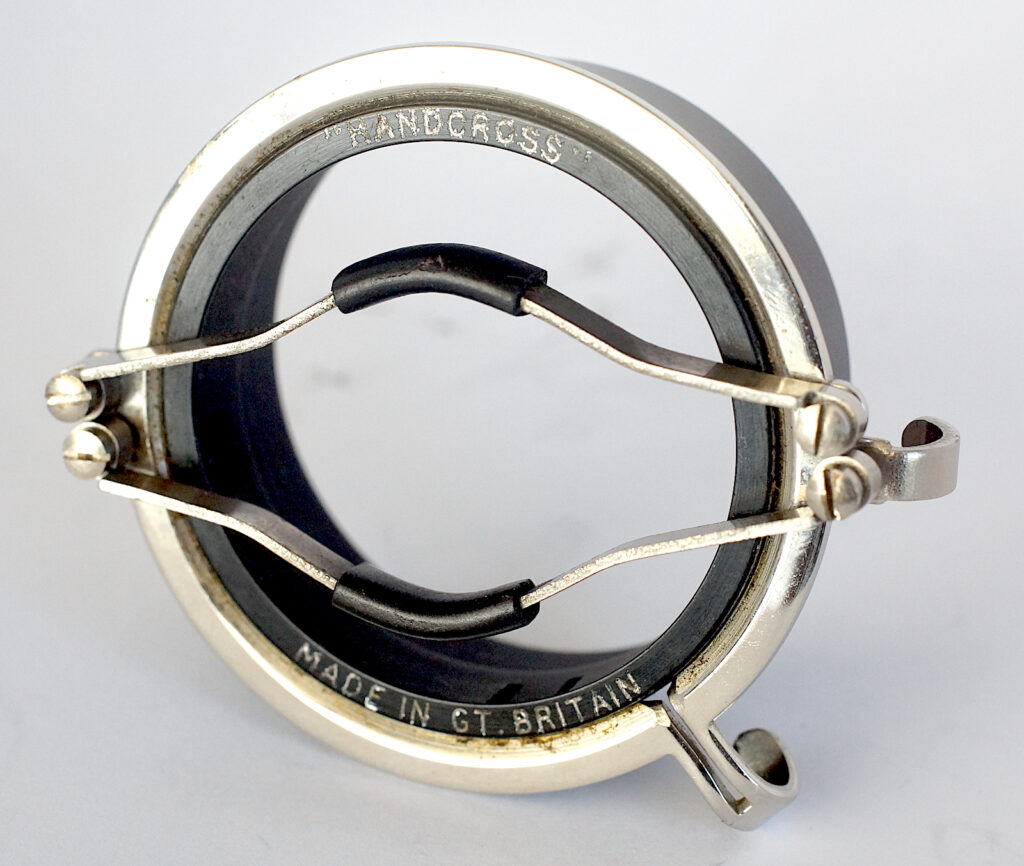
I used Rollei Retro 80S film at box speed for the test shots so Sunny 16 would need f22 at the fixed speed of 1/50 sec. My Handcross filter holder/lens hood fits nicely so in the right conditions I can use a stronger filter for more contrast at wider apertures or maximum depth of field with no filter.
Results
All these examples were taken at f16 with a 2x yellow filter processed in RO9/Rodinal 1:50.
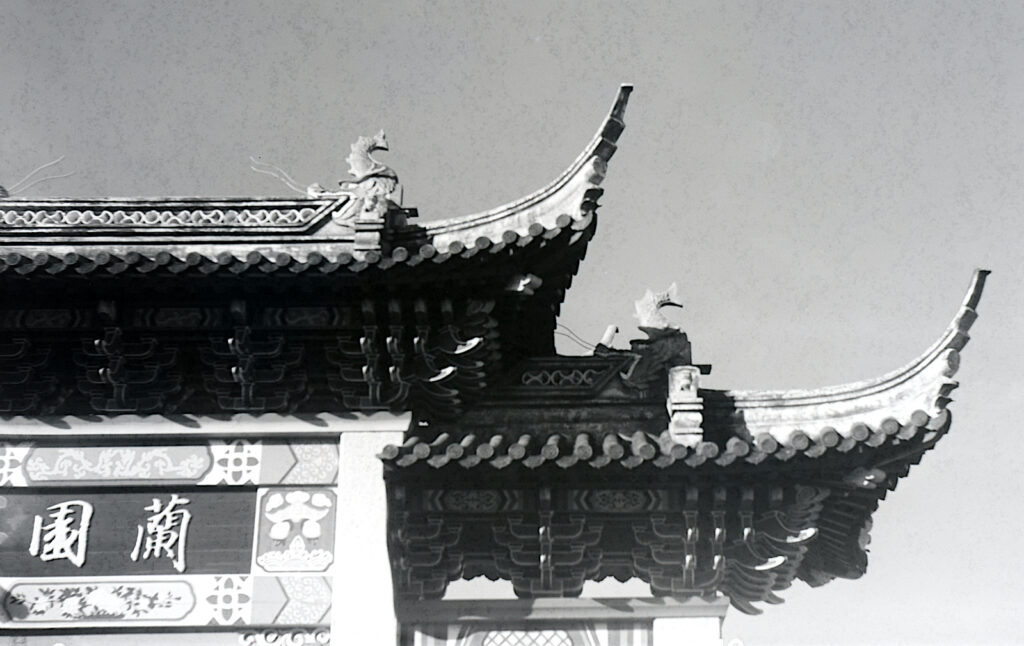
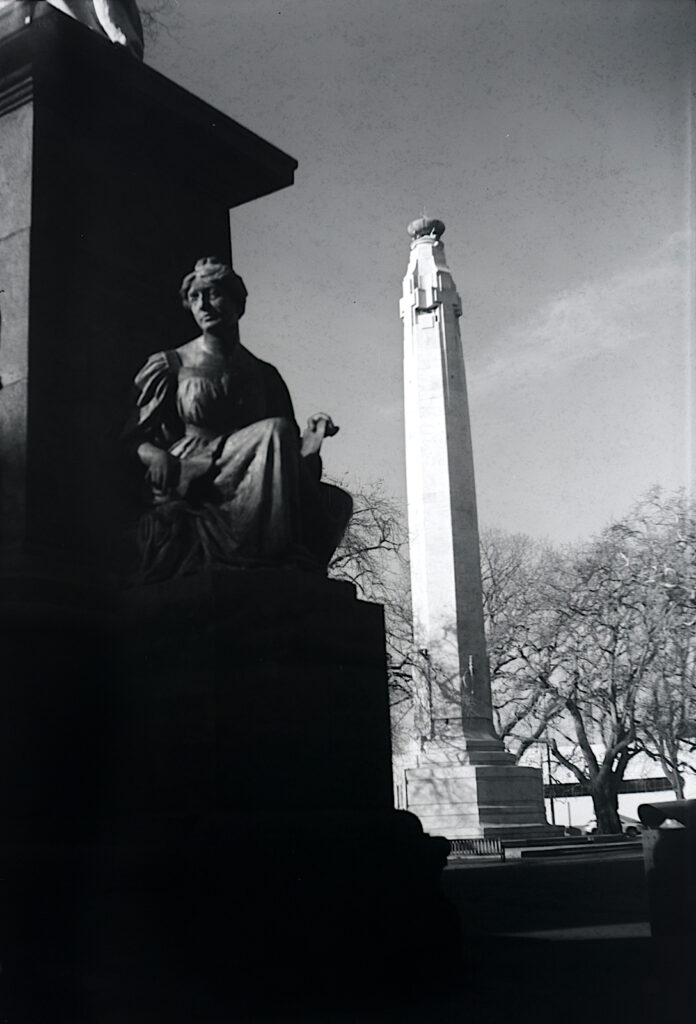
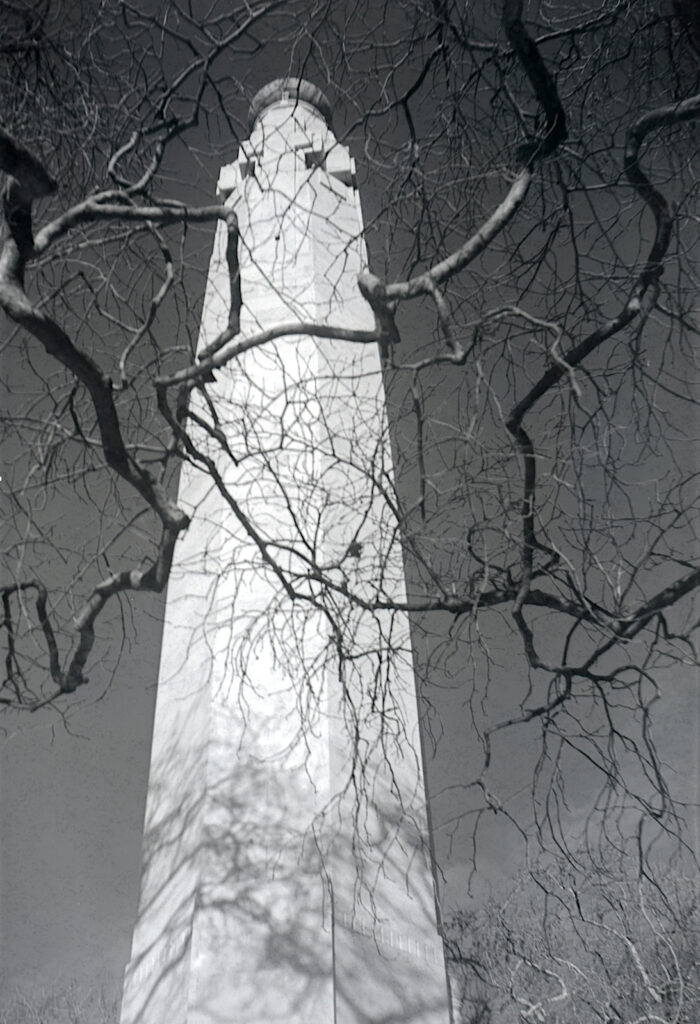
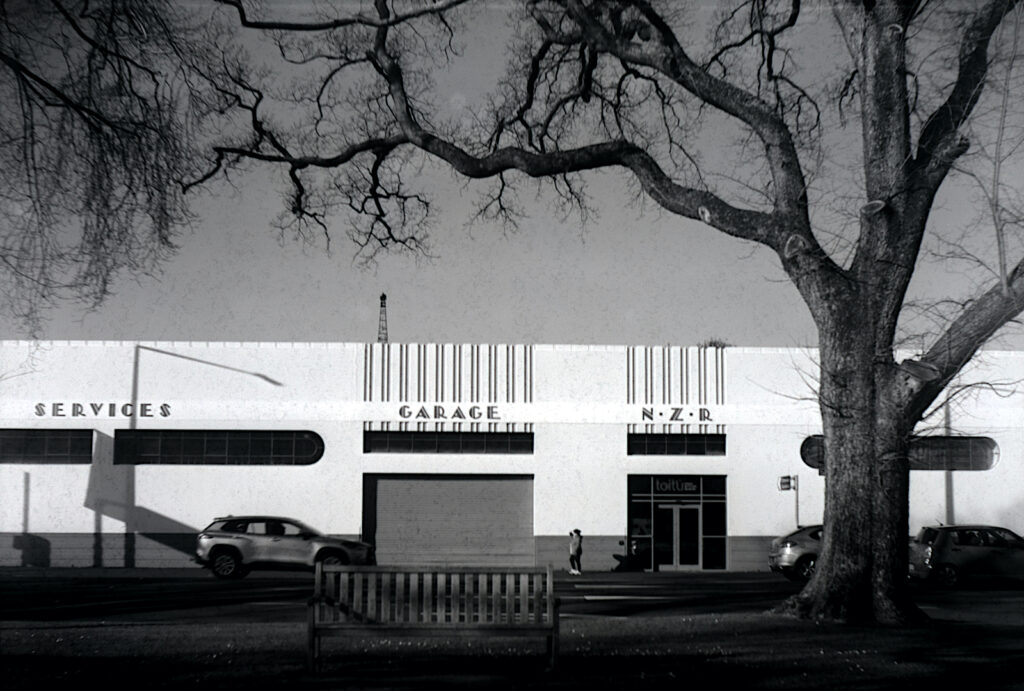
The 1024px width of the web site represents a 14” wide print at 72px per inch, far larger than the usual 3 1/4” x 2 1/4” contact print used for albums. So quite respectable performance from the “new” lens.
Final comments
In general terms there is little difference between this and the No. 2 model or indeed the larger No. 2A. There are detail differences like the better quality lens, the back plate to the winder and generally better pressings and assembly as production methods improved. Not having removed the front panel I cannot say whether the wood block is still used to carry the shutter and aperture mechanisms or, if so, is the same size as the other two.
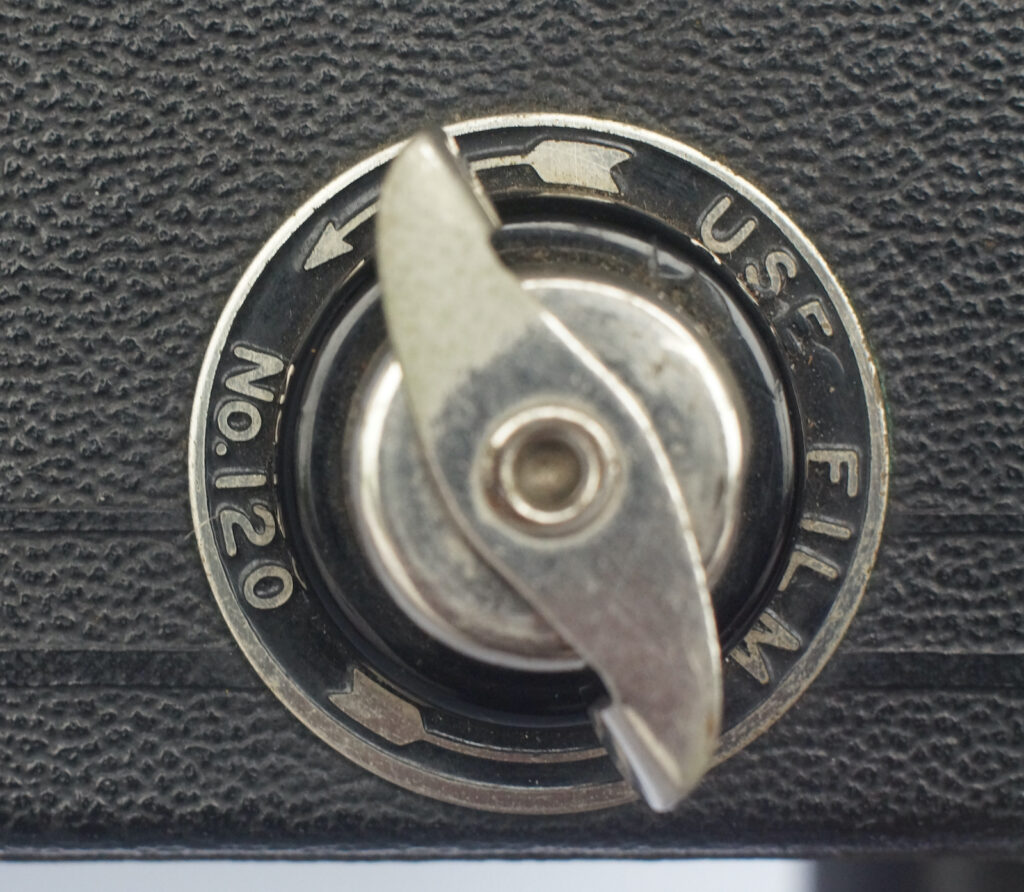
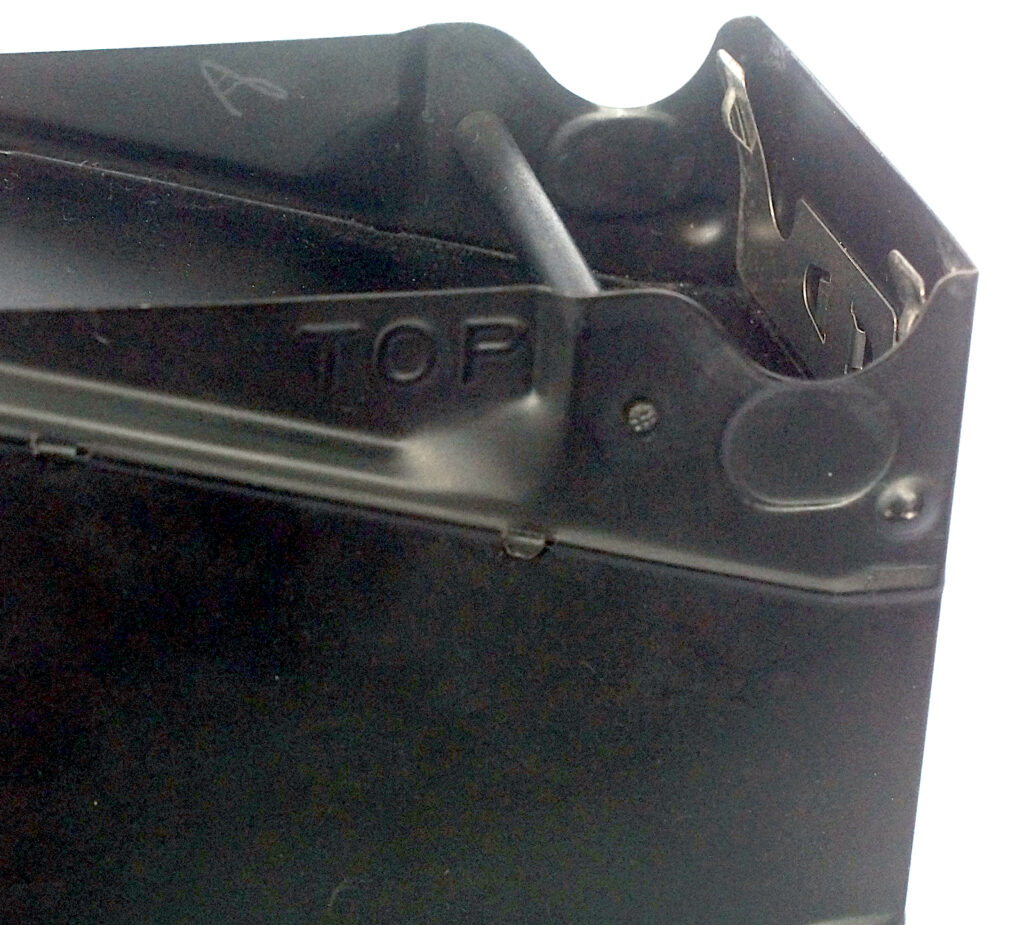
With well into the millions produced (The Brownie page reckons over 2.5 million had been produced by 1921) it was a very successful product and one that helped make photography more accessible and encouraged many a tyro to take their interest further. I must say I am very grateful to have been set on my journey with a box very similar to this.
At the end of the day though, these cameras were not for producing quality images, even the doublet versions, just records of personal interest output as prints for an album. In their day, they did the job but this model was definitely at the end of their heyday and the type hung on for only a relatively short time after WWII. But without these pioneering cameras, it might have taken far longer for photography to have become such an established part of so many people’s lives.
Share this post:

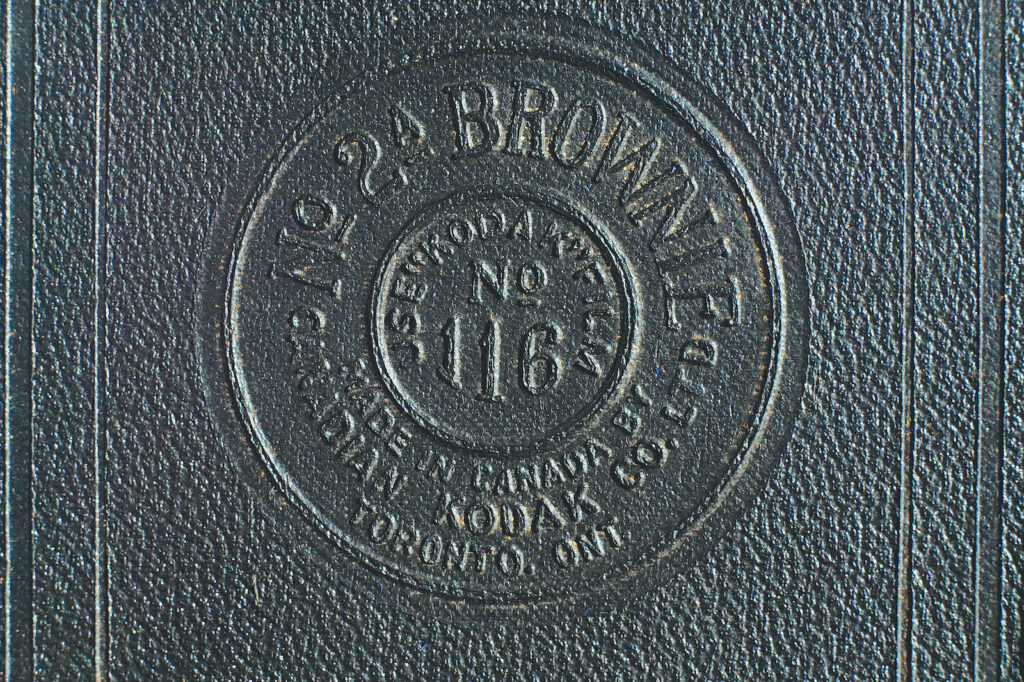
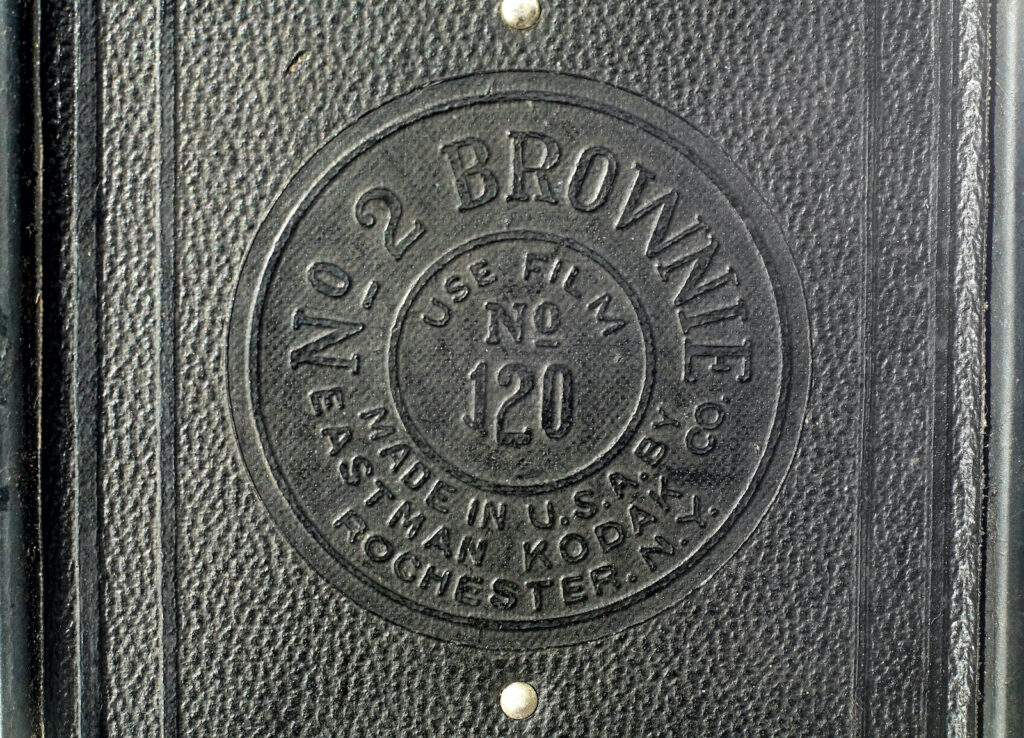
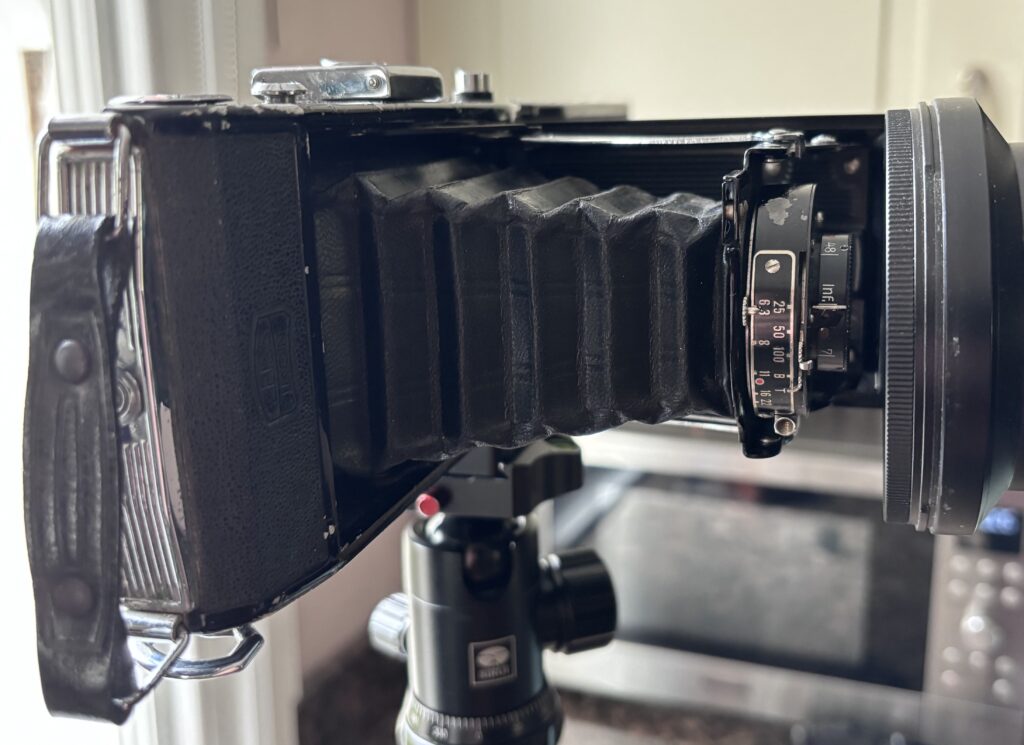
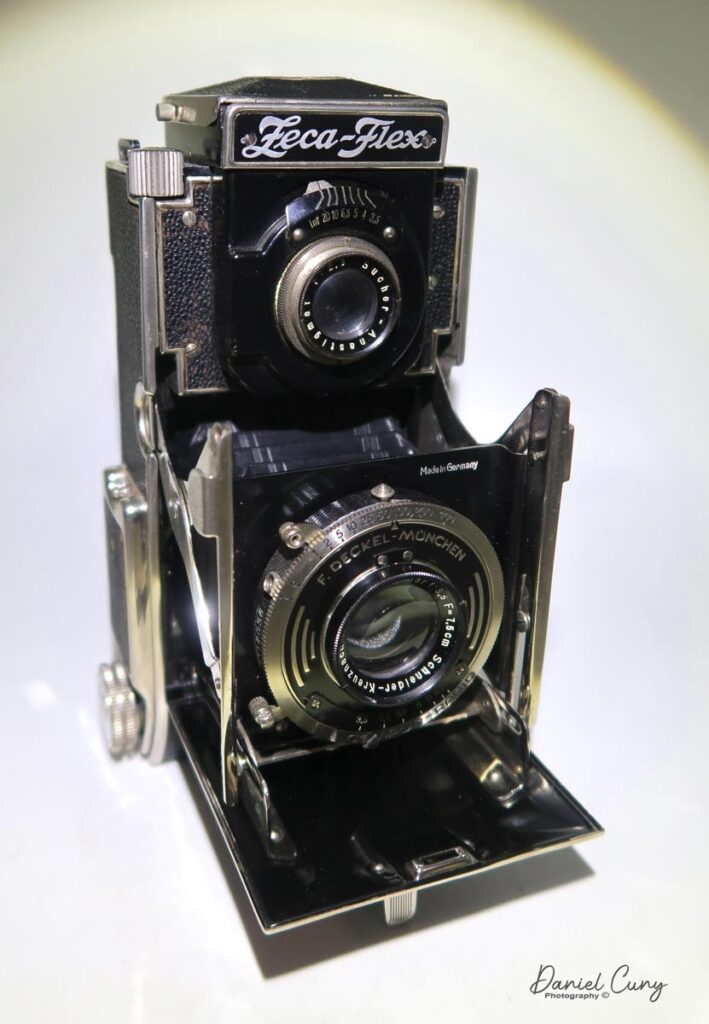
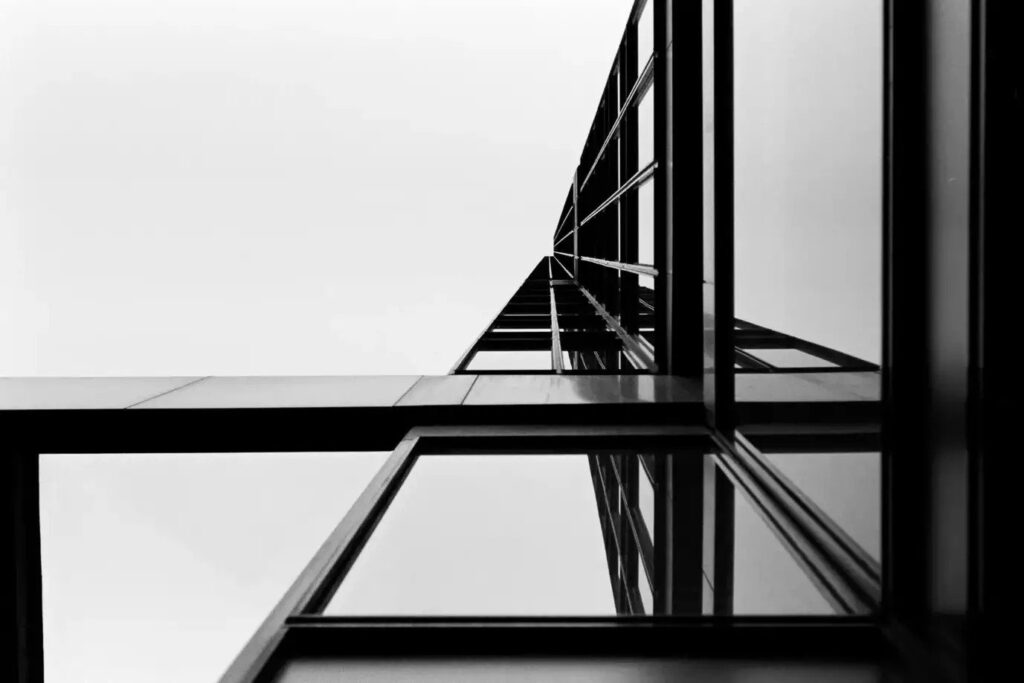


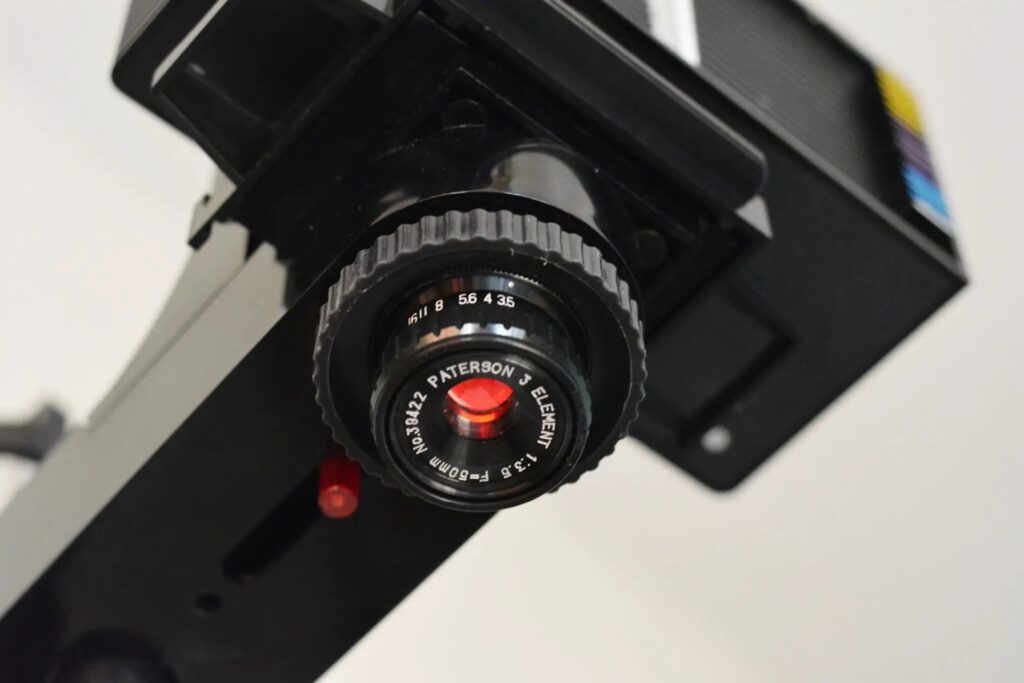
Comments
Ibraar Hussain on Box Brownie No. 2 Special – the last 120 Box Brownie.
Comment posted: 16/08/2025
I'd like to try a Box camera - after reading your posts. Any experience with the Italian Durst box type cameras?
really liking the timeless look to the photographs, good choice with the Rollei retro and yellow filter!